Musée des Beaux-Arts de Strasbourg on:
[Wikipedia]
[Google]
[Amazon]

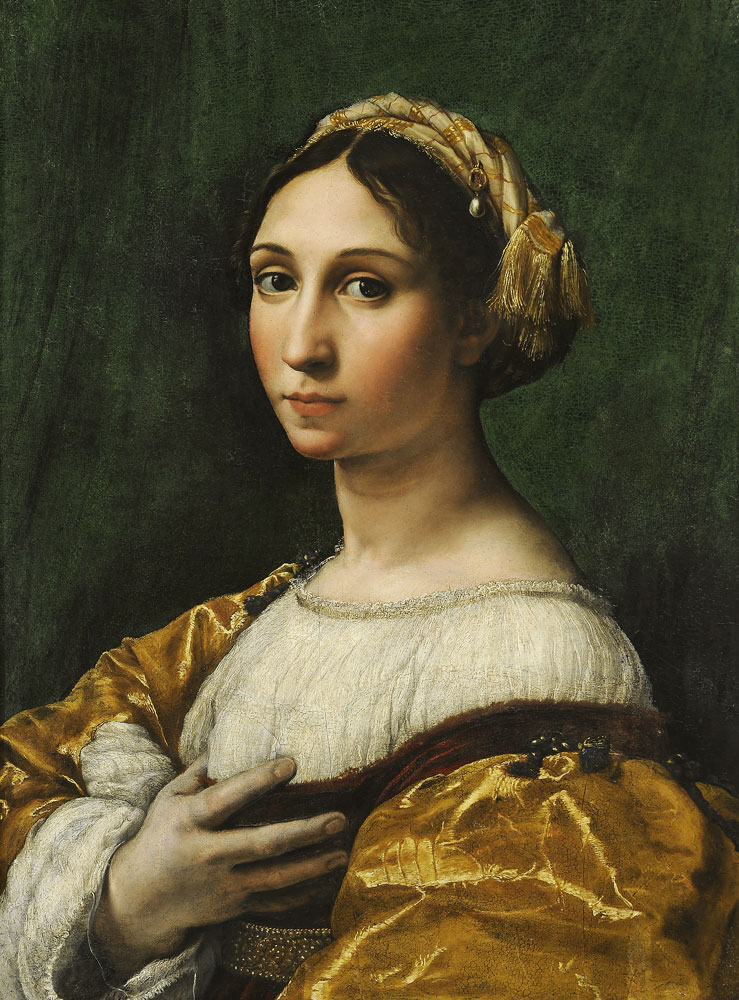
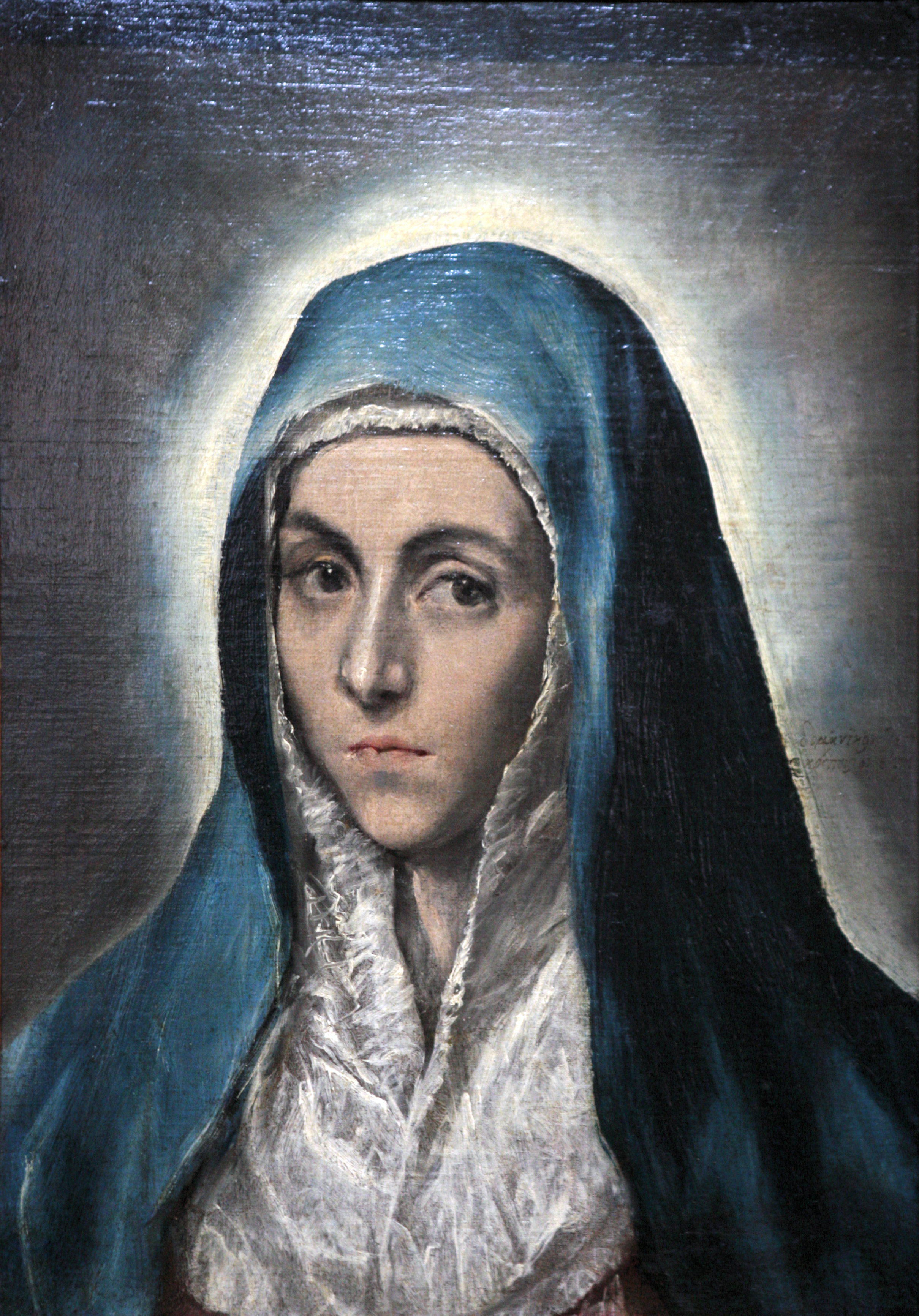
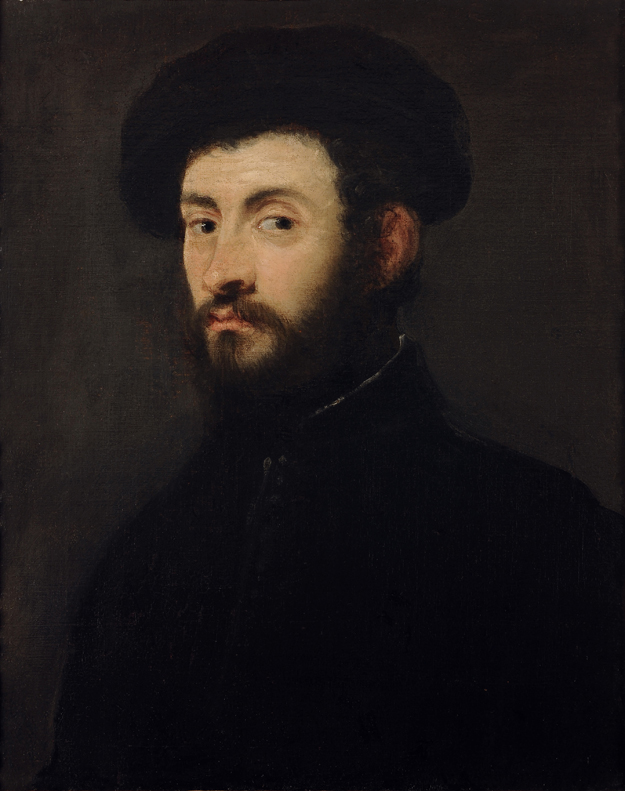
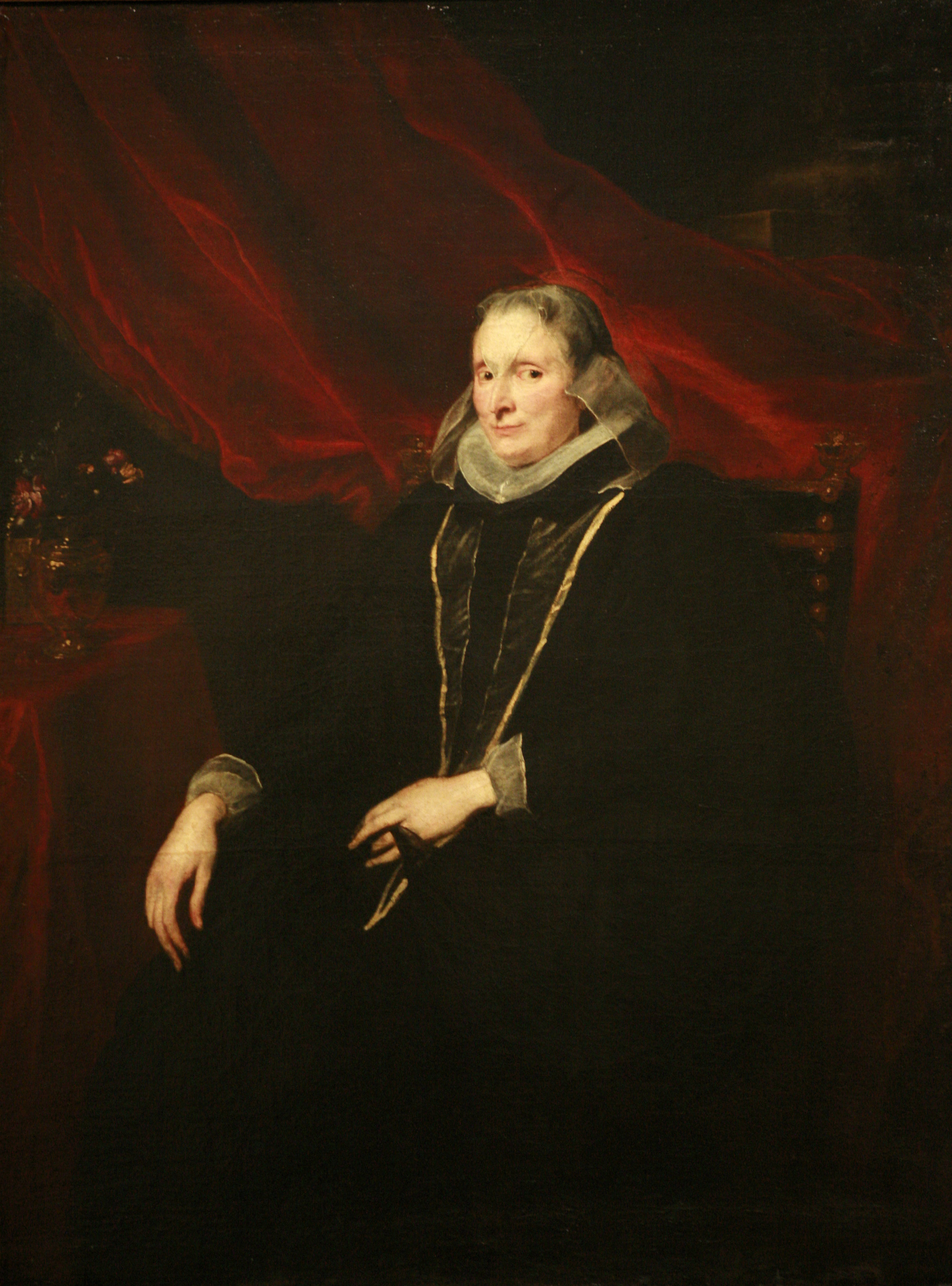
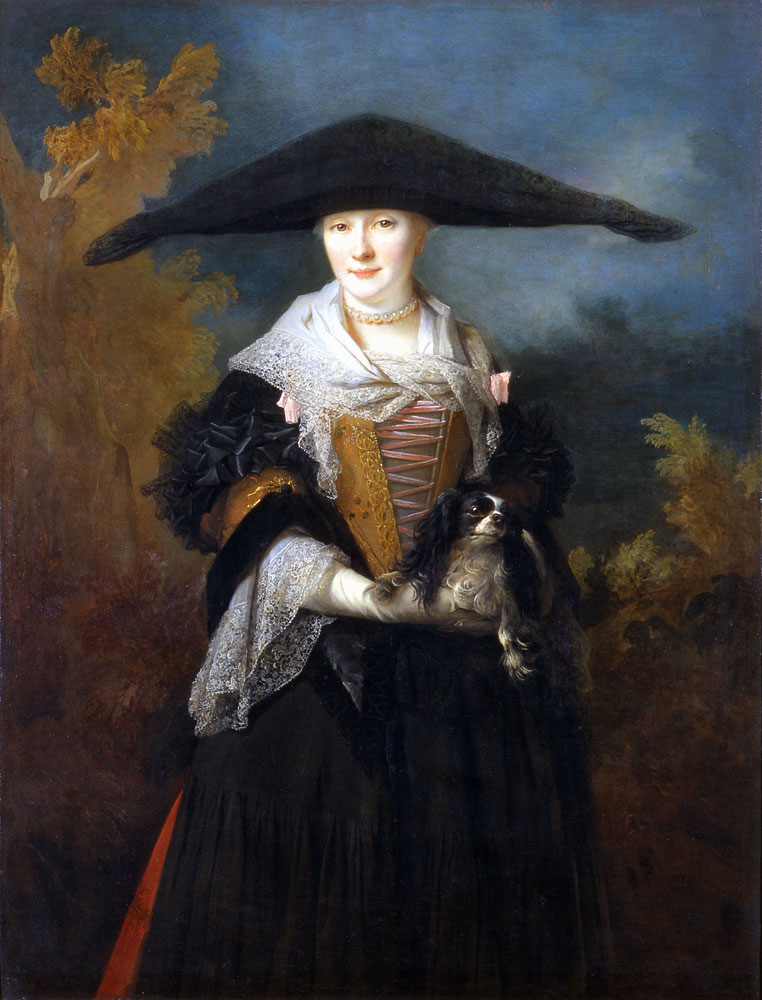 The Musée des Beaux-Arts de Strasbourg (Museum of Fine Arts of Strasbourg) is the old masters paintings collection of the city of
The Musée des Beaux-Arts de Strasbourg (Museum of Fine Arts of Strasbourg) is the old masters paintings collection of the city of
Musees-strasbourg.org: Official website Selected works
{{Authority control *





 The Musée des Beaux-Arts de Strasbourg (Museum of Fine Arts of Strasbourg) is the old masters paintings collection of the city of
The Musée des Beaux-Arts de Strasbourg (Museum of Fine Arts of Strasbourg) is the old masters paintings collection of the city of Strasbourg
Strasbourg (, , ; german: Straßburg ; gsw, label= Bas Rhin Alsatian, Strossburi , gsw, label= Haut Rhin Alsatian, Strossburig ) is the prefecture and largest city of the Grand Est region of eastern France and the official seat of the ...
, located in the Alsace
Alsace (, ; ; Low Alemannic German/ gsw-FR, Elsàss ; german: Elsass ; la, Alsatia) is a cultural region and a territorial collectivity in eastern France, on the west bank of the upper Rhine next to Germany and Switzerland. In 2020, it had ...
region of France
France (), officially the French Republic ( ), is a country primarily located in Western Europe. It also comprises of Overseas France, overseas regions and territories in the Americas and the Atlantic Ocean, Atlantic, Pacific Ocean, Pac ...
. The museum is housed in the first and second floors of the baroque Palais Rohan since 1898. The museum displays works by non- Upper Rhenish artists from between the 14th century and 1871 and by Upper Rhenish artist from between 1681 and 1871. The museum owned 1,934 works as of 31 December 2015, this number has substantially increased since (see below). The old masters from the upper-Rhenish area until 1681 are exhibited in the neighboring Musée de l’Œuvre Notre-Dame.
Historical overview
The first municipal art collection of the city of Strasbourg was the result of theFrench Revolution
The French Revolution ( ) was a period of radical political and societal change in France that began with the Estates General of 1789 and ended with the formation of the French Consulate in November 1799. Many of its ideas are conside ...
, and was a consequence of the expropriation of churches and cloisters. Through the years, the collection, which was founded in 1801, grew by private donations, as well as government loans from the inventory of the Louvre
The Louvre ( ), or the Louvre Museum ( ), is the world's most-visited museum, and an historic landmark in Paris, France. It is the home of some of the best-known works of art, including the ''Mona Lisa'' and the '' Venus de Milo''. A central ...
. On August 24, 1870, the museum, which was housed in the ''Aubette'' on Place Kléber
The Place Kléber (''Kleberplatz'' in German) is the central square of Strasbourg, France.
Place Kleber, the largest square at the center of the city of Strasbourg in the heart of the city's commercial area, was named after French revolutio ...
, was set on fire by Prussian artillery fire and completely destroyed. After the end of the Franco-Prussian War, it was resolved to re-establish the museum, and the imperial art historian Wilhelm von Bode
Wilhelm von Bode (10 December 1845 – 1 March 1929) was a German art historian and museum curator. Born Arnold Wilhelm Bode in Calvörde, he was ennobled in 1913. He was the creator and first curator of the Kaiser Friedrich Museum, now cal ...
was commissioned with the task in 1889. In 1890, the museum was launched and was re-stocked since that time by acquisitions and gifts. In 1931 under the leadership of Hans Haug (1890–1965), the collection of medieval art and upper-Rhenish painting (Konrad Witz
Konrad Witz (1400/1410 probably in Rottweil, Germany – winter 1445/spring 1446 in Basel, in current day Switzerland) was a German painter, active mainly in Basel. His 1444 panel '' The Miraculous Draft of Fishes'' (a portion of a lost altarpiec ...
, Hans Baldung
Hans Baldung (1484 or 1485 – September 1545), called Hans Baldung Grien, (being an early nickname, because of his predilection for the colour green), was a painter, printer, engraver, draftsman, and stained glass artist, who was considered th ...
, Sebastian Stoskopff
Sebastian (or Sébastien) Stoskopff (July 13, 1597 – February 10, 1657) was an Alsatian painter. He is considered one of the most important German still life painters of his time. His works, which were rediscovered after 1930, portray gob ...
) was transferred to the newly founded Musée de l’Œuvre Notre-Dame. The collection of modern art went to the Musée d’Art Moderne et Contemporain de Strasbourg (Museum of Modern and Contemporary Art of Strasbourg). Haug's superior during the German occupation from 1940 to 1944 was Kurt Martin.
On August 13, 1947, fire destroyed part of the re-established collection, including works by Francesco Guardi
Francesco Lazzaro Guardi (; 5 October 1712 – 1 January 1793) was an Italian painter, nobleman, and a member of the Venetian School. He is considered to be among the last practitioners, along with his brothers, of the classic Venetian school of ...
, Thomas de Keyser, Antonio del Pollaiuolo
Antonio del Pollaiuolo ( , , ; 17 January 1429/14334 February 1498), also known as Antonio di Jacopo Pollaiuolo or Antonio Pollaiuolo (also spelled Pollaiolo), was an Italian painter, sculptor, engraver, and goldsmith during the Italian Re ...
and Lucas Cranach the Elder
Lucas Cranach the Elder (german: Lucas Cranach der Ältere ; – 16 October 1553) was a German Renaissance painter and printmaker in woodcut and engraving. He was court painter to the Electors of Saxony for most of his career, and is kno ...
. However, with the money from the insurance, it was possible to acquire other artistically valuable paintings. Apart from regular purchases on the art market, the collection of the museum is also regularly being expanded by substantial donations, notably in 1987 and 1994 by collectors Othon Kaufman and François Schlageter (Italian paintings), in 2004 by collectors Roger and Elisabeth Eisenbeth (Dutch paintings,) in 2009 by the collector Ann L. Oppenheimer (Italian, Flemish and Dutch paintings), and in 2019 by the collectors Jeannine Poitrey and Marie-Claire Ballabio (mostly Italian and Dutch paintings).
In 2005 the museum reached a settlement with the heirs of Bernhard Altmann over a Canaletto that had been looted by the Nazis from its Jewish owner.
Painters exhibited (selected)
Italian
: Giotto di Bondone : Sano di Pietro :Sandro Botticelli
Alessandro di Mariano di Vanni Filipepi ( – May 17, 1510), known as Sandro Botticelli (, ), was an Italian Renaissance painting, Italian painter of the Early Renaissance. Botticelli's posthumous reputation suffered until the late 19th cent ...
: Cima da Conegliano
:Carlo Crivelli
Carlo Crivelli ( Venice, c. 1430 – Ascoli Piceno, c. 1495) was an Italian Renaissance painter of conservative Late Gothic decorative sensibility, who spent his early years in the Veneto, where he absorbed influences from the Vivar ...
:Filippino Lippi
Filippino Lippi (April 1457 – 18 April 1504) was an Italian painter working in Florence, Italy during the later years of the Early Renaissance and first few years of the High Renaissance.
Biography
Filippino Lippi was born in Prato, Tu ...
: Piero di Cosimo
: Cima da Conegliano
:Raphael
Raffaello Sanzio da Urbino, better known as Raphael (; or ; March 28 or April 6, 1483April 6, 1520), was an Italian painter and architect of the High Renaissance. His work is admired for its clarity of form, ease of composition, and visual ...
: Correggio
: Veronese
:Tintoretto
Tintoretto ( , , ; born Jacopo Robusti; late September or early October 1518Bernari and de Vecchi 1970, p. 83.31 May 1594) was an Italian painter identified with the Venetian school. His contemporaries both admired and criticized the speed wit ...
: Guercino
:Canaletto
Giovanni Antonio Canal (18 October 1697 – 19 April 1768), commonly known as Canaletto (), was an Italian painter from the Republic of Venice, considered an important member of the 18th-century Venetian school.
Painter of city views or ...
:Giambattista Tiepolo
Giovanni Battista Tiepolo ( , ; March 5, 1696 – March 27, 1770), also known as Giambattista (or Gianbattista) Tiepolo, was an Italian painter and printmaker from the Republic of Venice who painted in the Rococo style, considered an import ...
:Salvator Rosa
Salvator Rosa (1615 –1673) is best known today as an Italian Baroque painter, whose romanticized landscapes and history paintings, often set in dark and untamed nature, exerted considerable influence from the 17th century into the early 19t ...
:Alessandro Magnasco
Alessandro Magnasco (February 4, 1667 – March 12, 1749), also known as il Lissandrino, was an Italian late-Baroque painter active mostly in Milan and Genoa. He is best known for stylized, fantastic, often phantasmagoric genre or landscape sce ...
: Giuseppe Maria Crespi
Flemish and Dutch
:Simon Marmion
Simon Marmion (c. 1425 – 24 or 25 December 1489) was a French and Burgundian Early Netherlandish painter of panels and illuminated manuscripts. Marmion lived and worked in what is now France but for most of his lifetime was part of the Duchy ...
: Hans Memling
:Lucas van Leyden
Lucas van Leyden (1494 – 8 August 1533), also named either Lucas Hugensz or Lucas Jacobsz, was a Dutch painter and printmaker in engraving and woodcut. Lucas van Leyden was among the first Dutch exponents of genre painting and was a very ac ...
:Gerard David
Gerard David (c. 1460 – 13 August 1523) was an Early Netherlandish painter and manuscript illuminator known for his brilliant use of color. Only a bare outline of his life survives, although some facts are known. He may have been the Meester ...
:Maarten van Heemskerck
Maarten van Heemskerck or ''Marten Jacobsz Heemskerk van Veen'' (1 June 1498 - 1 October 1574) was a Dutch portrait and religious painter, who spent most of his career in Haarlem. He was a pupil of Jan van Scorel, and adopted his teacher's Itali ...
:Peter Paul Rubens
Sir Peter Paul Rubens (; ; 28 June 1577 – 30 May 1640) was a Flemish artist and diplomat from the Duchy of Brabant in the Southern Netherlands (modern-day Belgium). He is considered the most influential artist of the Flemish Baroque tradit ...
:Jacob Jordaens
Jacob (Jacques) Jordaens (19 May 1593 – 18 October 1678) was a Flemish painter, draughtsman and tapestry designer known for his history paintings, genre scenes and portraits. After Peter Paul Rubens and Anthony van Dyck, he was the leading ...
:Salomon van Ruysdael
Salomon van Ruysdael (c. 1602, Naarden – buried 3 November 1670, Haarlem) was a Dutch Golden Age landscape painter. He was the uncle of Jacob van Ruisdael.
: Pieter de Hooch
:Anthony van Dyck
Sir Anthony van Dyck (, many variant spellings; 22 March 1599 – 9 December 1641) was a Brabantian Flemish Baroque artist who became the leading court painter in England after success in the Southern Netherlands and Italy.
The seventh ...
: Willem Kalf
: Pieter Claesz
:Christiaen van Couwenbergh
Christiaen van Couwenbergh, (8 July 1604 – 4 July 1667)Couwenbergh, Christiaen Gillisz. van< ...
: Cornelis Engelsz
Spanish
:El Greco
Domḗnikos Theotokópoulos ( el, Δομήνικος Θεοτοκόπουλος ; 1 October 1541 7 April 1614), most widely known as El Greco ("The Greek"), was a Greek painter, sculptor and architect of the Spanish Renaissance. "El ...
:Jusepe de Ribera
Jusepe de Ribera (1591 – 1652) was a painter and printmaker, who along with Francisco de Zurbarán, Bartolomé Esteban Murillo, and the singular Diego Velázquez, are regarded as the major artists of Spanish Baroque painting. Referrin ...
: Francisco de Zurbarán
: Francisco de Goya
French
: Philippe de Champaigne :Claude Lorrain
Claude Lorrain (; born Claude Gellée , called ''le Lorrain'' in French; traditionally just Claude in English; c. 1600 – 23 November 1682) was a French painter, draughtsman and etcher of the Baroque era. He spent most of his life in It ...
:Nicolas de Largillière
Nicolas de Largillière (; 10 October 1656 – 20 March 1746) was a French portrait painter, born in Paris.
Biography
Early life
Largillière's father, a merchant, took him to Antwerp at the age of three. As a boy, he spent nearly two years i ...
:François Boucher
François Boucher ( , ; ; 29 September 1703 – 30 May 1770) was a French painter, draughtsman and etcher, who worked in the Rococo style. Boucher is known for his idyllic and voluptuous paintings on classical themes, decorative allegories ...
:Simon Vouet
Simon Vouet (; 9 January 1590 – 30 June 1649) was a French painter who studied and rose to prominence in Italy before being summoned by Louis XIII to serve as Premier peintre du Roi in France. He and his studio of artists created religious and ...
: Antoine Watteau
: Jean Siméon Chardin
:Philip James de Loutherbourg
Philip James de Loutherbourg RA (31 October 174011 March 1812), whose name is sometimes given in the French form of Philippe-Jacques, the German form of Philipp Jakob, or with the English-language epithet of the Younger, was a French-born Briti ...
:Jean-Baptiste-Camille Corot
Jean-Baptiste-Camille Corot ( , , ; July 16, 1796 – February 22, 1875), or simply Camille Corot, is a French landscape and portrait painter as well as a printmaker in etching. He is a pivotal figure in landscape painting and his vast ...
:Théodore Chassériau
Théodore Chassériau (September 20, 1819 – October 8, 1856) was a Dominican-born French Romantic painter noted for his portraits, historical and religious paintings, allegorical murals, and Orientalist images inspired by his travels to Alger ...
:Gustave Courbet
Jean Désiré Gustave Courbet ( , , ; 10 June 1819 – 31 December 1877) was a French painter who led the Realism movement in 19th-century French painting. Committed to painting only what he could see, he rejected academic convention and ...
:Théodore Rousseau
Étienne Pierre Théodore Rousseau (April 15, 1812December 22, 1867) was a French painter of the Barbizon school.
Life
Youth
He was born in Paris, France in a bourgeois family.
At first he received a basic level of training, but soon displaye ...
:Edgar Degas
Edgar Degas (, ; born Hilaire-Germain-Edgar De Gas, ; 19 July 183427 September 1917) was a French Impressionism, Impressionist artist famous for his pastel drawings and oil paintings.
Degas also produced bronze sculptures, Printmaking, prints ...
Sculptors exhibited
:Baccio Bandinelli
Baccio Bandinelli (also called Bartolommeo Brandini; 12 November 1493 – shortly before 7 February 1560), was an Italian Renaissance sculptor, draughtsman, and painter.
Biography
Bandinelli was the son of a prominent Florentine goldsmith, ...
:Alessandro Algardi
Alessandro Algardi (July 31, 1598 – June 10, 1654) was an Italian high-Baroque sculptor active almost exclusively in Rome, where for the latter decades of his life, he was, along with Francesco Borromini and Pietro da Cortona, one of the majo ...
:Alessandro Vittoria
Alessandro Vittoria funerary monument - San Zaccaria, Venice
Alessandro Vittoria (1525–1608) was an Italian Mannerist sculptor of the Venetian school, "one of the main representatives of the Venetian classical style" and rivalling Giambo ...
:François Girardon
François Girardon (10 March 1628 – 1 September 1715) was a French sculptor of the Louis XIV style or French Baroque, best known for his statues and busts of Louis XIV and for his statuary in the gardens of the Palace of Versailles.
Biograph ...
: Jean-Antoine Houdon
: Jean-Baptiste Carpeaux
: Antoine-Louis Barye
:Théodore-Charles Gruyère
Théodore-Charles Gruyère (born 17 September 1813 in Paris, died in 1885) was a French sculptor.
In 1836 as the pupil of Auguste Dumont. He hit notoriety in 1839 winning the Prix de Rome.
His other works are some busts, some statues of saints fo ...
: François Joseph Bosio
: Adolf von Hildebrand
See also
* :Paintings in the collection of the Musée des Beaux-Arts de StrasbourgBibliography
*''Le musée des Beaux-Arts de Strasbourg - Cinq siècles de peinture'', Éditions des Musées de Strasbourg, May 2006, ''in French'' *''Peintures flamandes et hollandaises du Musée des Beaux-Arts de Strasbourg'', Éditions des Musées de Strasbourg, February 2009, *''Les Peintures italiennes du Musée des Beaux-Arts, xvie, xviie et xviiie siècles'', Éditions Le Seuil, 1996, *''Les Primitifs italiens du Musée des Beaux-Arts de Strasbourg'', Éditions Le Seuil, 1993,References
External links
Musees-strasbourg.org: Official website
{{Authority control *